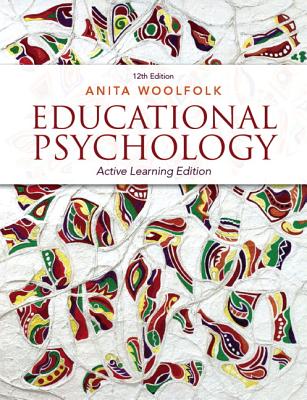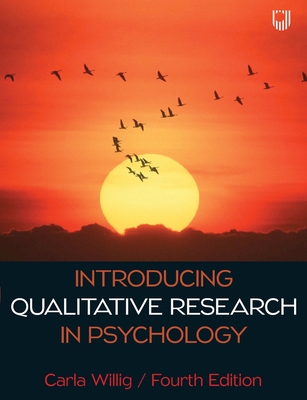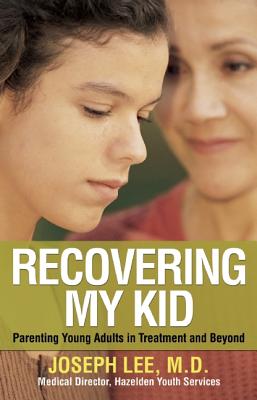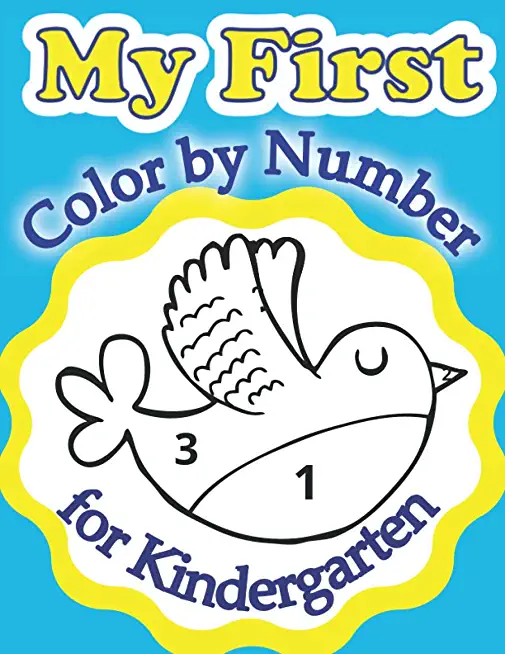
description
1This title is also available packaged with the Enhanced Pearson eText. To order the Enhanced Pearson eText packaged with a bound book, use ISBN 0133385698. In lucid and jargon-free prose, the text explains and illustrates educational psychology's practical relevance for teachers and learners. The new edition continues to emphasize the applications of research on child development, on learning and cognition, on motivation, and on instruction and assessment. At the same time the text has long been counted on for its state of the art presentation of the field of educational psychology, and this edition continues that tradition with new and expanded coverage of import topics like the brain and neuroscience, the impact of technology on the lives and learning of students, and student diversity. The Enhanced Pearson eText features embedded video. Improve mastery and retention with the Enhanced Pearson eText*
The Enhanced Pearson eText provides a rich, interactive learning environment designed to improve student mastery of content. The Enhanced Pearson eText is:
--Elizabeth Pemberton, University of Delaware "[T]he text is written in a . . . conversational style that invites students to actively explore complex questions about teaching and learning. It is well-organized, supported with visual aids, and various learning tools, such as guidelines, reflection activities, and cases presenting opposing viewpoints. Most importantly, the text is informed and well supported by contemporary scholarship in the field of educational psychology." --Alina Reznitskaya, Montclair State University
The Enhanced Pearson eText provides a rich, interactive learning environment designed to improve student mastery of content. The Enhanced Pearson eText is:
- Engaging. The new interactive, multimedia learning features were developed by the authors and other subject-matter experts to deepen and enrich the learning experience.
- Convenient. Enjoy instant online access from your computer or download the Pearson eText App to read on or offline on your iPad(R) and Android(R) tablet.*
- Affordable. The Enhanced Pearson eText may be purchased stand-alone or with a loose-leaf version of the text for 40-65% less than a print bound book.
--Elizabeth Pemberton, University of Delaware "[T]he text is written in a . . . conversational style that invites students to actively explore complex questions about teaching and learning. It is well-organized, supported with visual aids, and various learning tools, such as guidelines, reflection activities, and cases presenting opposing viewpoints. Most importantly, the text is informed and well supported by contemporary scholarship in the field of educational psychology." --Alina Reznitskaya, Montclair State University
member goods
No member items were found under this heading.
listens & views

LOVE SONGS: 14 ALL-TIME FAVORITES ...
by LOVE SONGS: 14 ALL-TIME FAVORITES / VARIOUS
COMPACT DISCout of stock
$5.75
Return Policy
All sales are final
Shipping
No special shipping considerations available.
Shipping fees determined at checkout.






